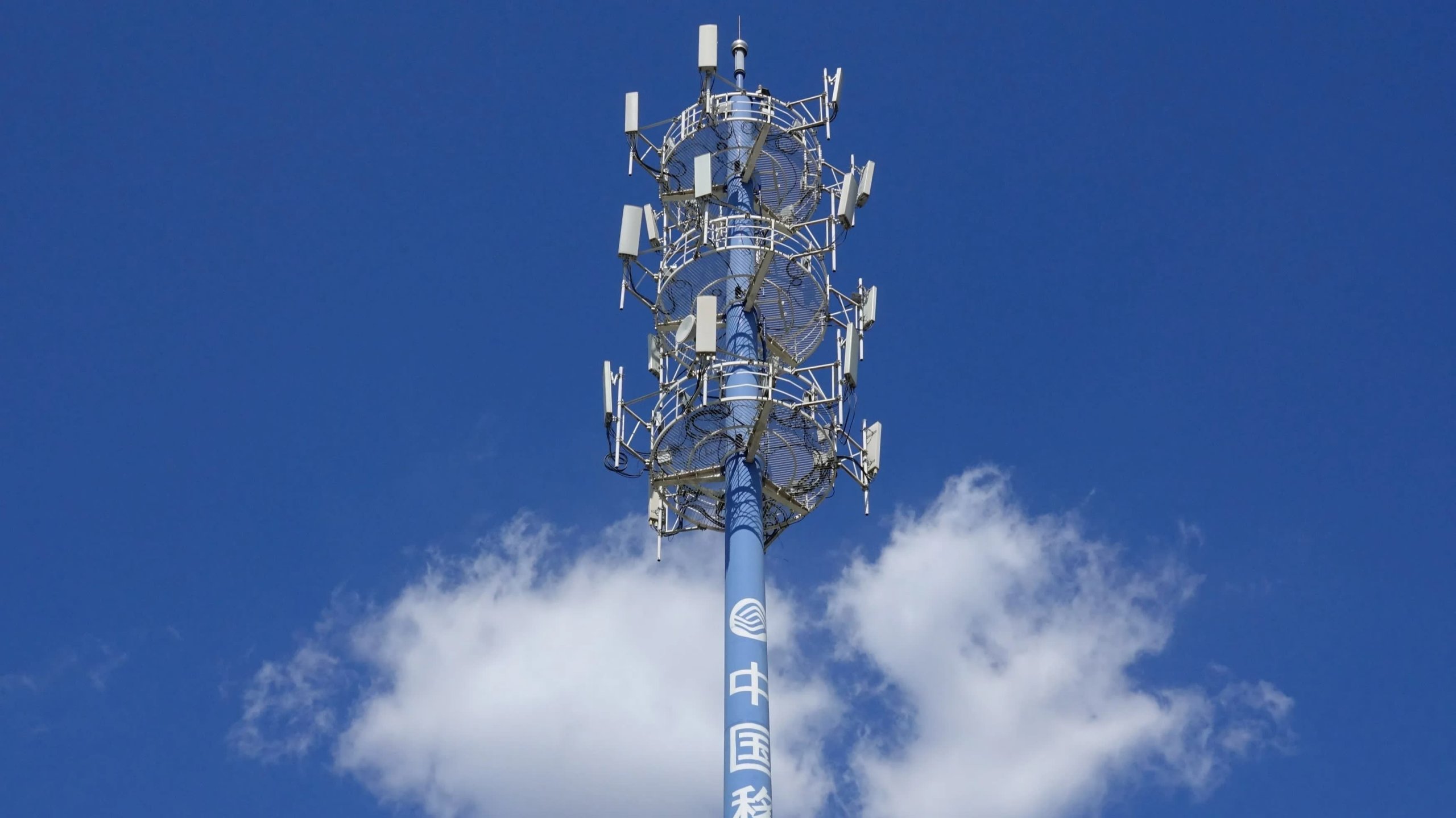The earth hasn’t stopped causing turbulences beneath Southern California since Thursday 4th of July when a powerful 6.4-magnitude earthquake quaked Ridgecrest and the surrounding area.
According to scientists, the quake was followed by more than 1,400 aftershocks. On Friday, an even stronger earthquake with a magnitude of 7.1 quaked the region, leaving residents traumatized, Ridgecrest Mayor Peggy Breeden said Saturday morning. According to CNN Meteorologist Brandon Miller, the second quake released more than 11 times the energy of the first earthquake.
“Many of them are sleeping outside tonight,” Breeden said. “They’re fearful to be in their homes. Many are choosing to just be with their neighbors … in their sidewalks, in their driveways and some of them are in the streets.”
According to the United States Geological Survey website, There’s been an average of one aftershock per minute since Friday’s quake in the southern part of California.
More than 4,700 quakes have occurred since Thursday, said USGS geophysicist John Bellini. “They are coming in every 30 seconds, every minute,” he said. After Friday’s 7.1 quakes, three quakes of magnitude 5 or greater struck within the first hour, he stated. “This isn’t going to stop in the near future,” He added. “The aftershocks, they haven’t slowed down since the 7.1 (magnitude earthquake). For a period of time, there was constant vibration.”
CalTech seismologist Lucy Jones told in a press conference on Friday that both the Thursday and Friday quakes were part of an ongoing “very energetic system.” Officials are not ruling out the possibility of more. Lucy said early Saturday there’s about a 10% chance that Searles Valley will see another 7.0-magnitude earthquake. “Today’s Magnitude 7.1 has a 1 in 20 of being followed by something even bigger,” she said. “Smaller quakes – Magnitudes 5 are likely and a Magnitude 6 is quite possible.”
The USGS claimed the idea that the whole state will be swept out to sea “absolutely impossible.” What will continue to happen, however, is the slow, about 2 inches per year northward movement of southwestern California toward Alaska, as it slides past central and eastern California.
“The Pacific Plate is moving to the northwest with respect to the North American Plate,” USGS says.
So one day, in 15 million years nevertheless, Los Angeles and San Francisco will be neighbors. And a couple of million years after that, LA homes will support Alaska’s zip codes.


























Leave a Reply